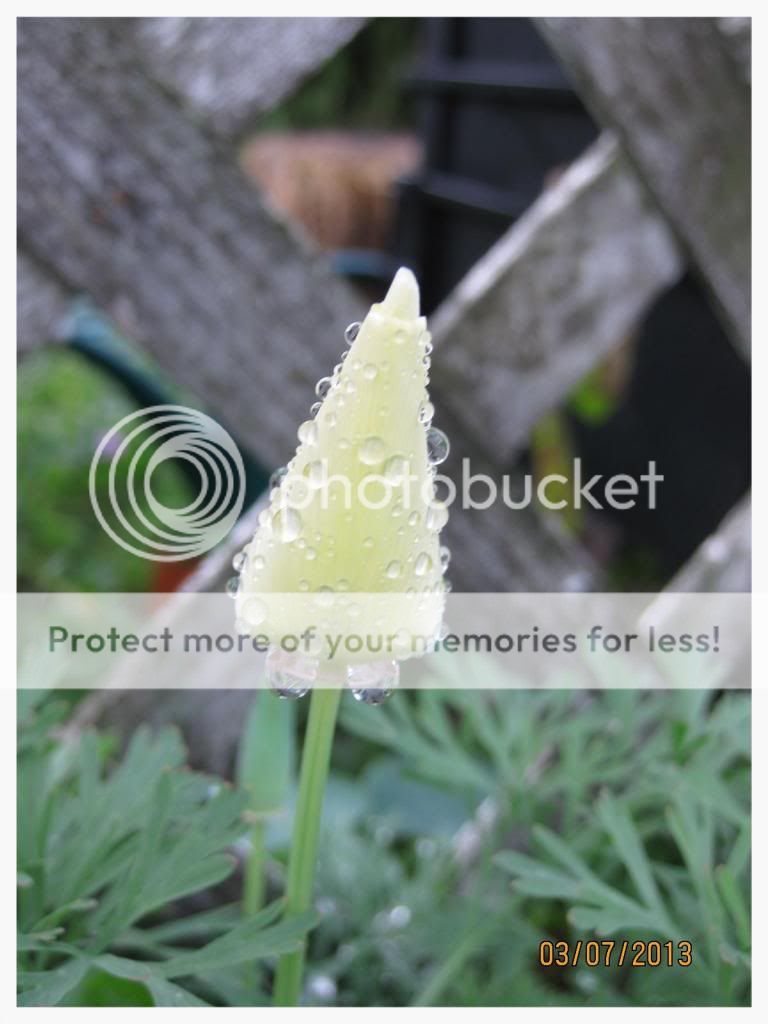As we approach the vernal equinox, all sorts of fun things have been happening, as is, I'm sure, in yours as well. The asparagus patch was well fertilized over the winter. Now the stalks emerge. I have a micro plot of asparagus, good enough for one meal for one person or one salad.
Gardening as metaphor ~ from my coastal Southern California community garden ~ a gardening blog
Sunday, March 10, 2013
Saturday, March 9, 2013
Black Krim seeds germinating
Black Krim is the first to come up on Day 6, and it is 100% germination at that. Not bad. I saw the seedlings yesterday and didn't take a photo.
For our region, southern California coastal, Black Krim has been hands down one of the easiest to grow, from seed to seedling on. Our foggy summers do not faze them as much as the other types of tomatoes, and they produce fruit steadily. The smoky flavored fruit aren't huge beefsteaky guys in size but are quite nice for salads.
Last few years, they did well and hope they will do well this year.
Friday, March 8, 2013
Could caffeine be produced to benefit bees' memory?
In the experiment, bees were presented with a scent just before feeding on a sugar solution laced with different doses of caffeine.
From Sciencenews:
That caffeine provided an edge, boosting the bees’ long-term memory, the researchers discovered. Compared with bees trained on sugar water alone, bees trained on sugar water doped with caffeine were three times as likely to remember 24 hours later that the floral scent came with a reward. After 72 hours, the caffeine-trained bees were twice as likely to remember the scent-reward connection.
Interesting the bees would be able to recall the specific flower, especially if they had visited a kazillion flowers. Another summary:
Pollination systems are biological markets, where flower visitors choose between flower species on the basis of their quality, such as the sweetness and amount of nectar per flower. Plants in turn compete for pollinators and advertise their product through colorful visual displays and scents. A key challenge in floral advertising is that signals must be not only attractive but also memorable (1): The more distinct a flower signal, the more likely a pollinator is to remember it, increasing the probability that pollinators will visit more flowers of this species while ignoring competing flower species. On page 1202 of this issue, Wright et al. (2) report that some plant species appear to gain an unfair advantage in this competitive market by manipulating the memory of bees with psychoactive drugs.
I'm not sure if 'unfair advantage' is the best possible wording, as it is all's fair in love and way and all that. But this is a fascinating glimpse of the world of pollination.
A bit more pedantic description, straight from the abstract:
Plant defense compounds occur in floral nectar, but their ecological role is not well understood. We provide evidence that plant compounds pharmacologically alter pollinator behavior by enhancing their memory of reward. Honeybees rewarded with caffeine, which occurs naturally in nectar of Coffea and Citrus species, were three times as likely to remember a learned floral scent as were honeybees rewarded with sucrose alone. Caffeine potentiated responses of mushroom body neurons involved in olfactory learning and memory by acting as an adenosine receptor antagonist. Caffeine concentrations in nectar did not exceed the bees' bitter taste threshold, implying that pollinators impose selection for nectar that is pharmacologically active but not repellent. By using a drug to enhance memories of reward, plants secure pollinator fidelity and improve reproductive success.
Interesting stuff and not surprising, actually.
Thursday, March 7, 2013
Around town fleurs
Camellias continue to bloom around town. Great for shady gardens but not really drought tolerant. Family: Theaceae.
Around this time of the year, the pittosporum blooms. The tree and flowers are both meh. Pittosporums are somewhat drought tolerant but they do not require tons of water. I love the smell of the blooms, stronger at night, which means they are probably moth pollinated. That makes sense as the flowers are small and meh, as mentioned above. Family: Pittosporaceae. Of course.
I would like to see more gardens use ceanothus as they are drought tolerant. Here they are in bloom. Family: Rhamnaceae.
Poppies are starting to bloom. These are a light colored variant, and I don't know the species variant: Eschscholzia californica. Family: Papaveraceae
Tuesday, March 5, 2013
Daffodils
Here is the first daffodil I picked this year. Daffodils marks the start of spring around here, well, at least, our version of spring.
In my garden, the daffodils predate my time as they were planted by the person who had my plot before me. They still pop up faithfully each year without much help from me.
Here is the first daffodil, a bit tweaked, for some reason.
Sunday, March 3, 2013
Starting tomatoes this year
As the White Rabbit declared he was late, so am I. Last year, I started in late January and now, 'tis early March. As I did last year, I soaked the seeds in water for an hour before placing them in potting soil.
The seeds I chose (and who knows what germination luck I'll get) were: Black Krim, Momotaro (hybrid), Sungold (hybrid), Paul Robeson and Brandywine Sudduth. I personally collected the seeds for all except for the hybrids which came from Kitagawa Seeds.








